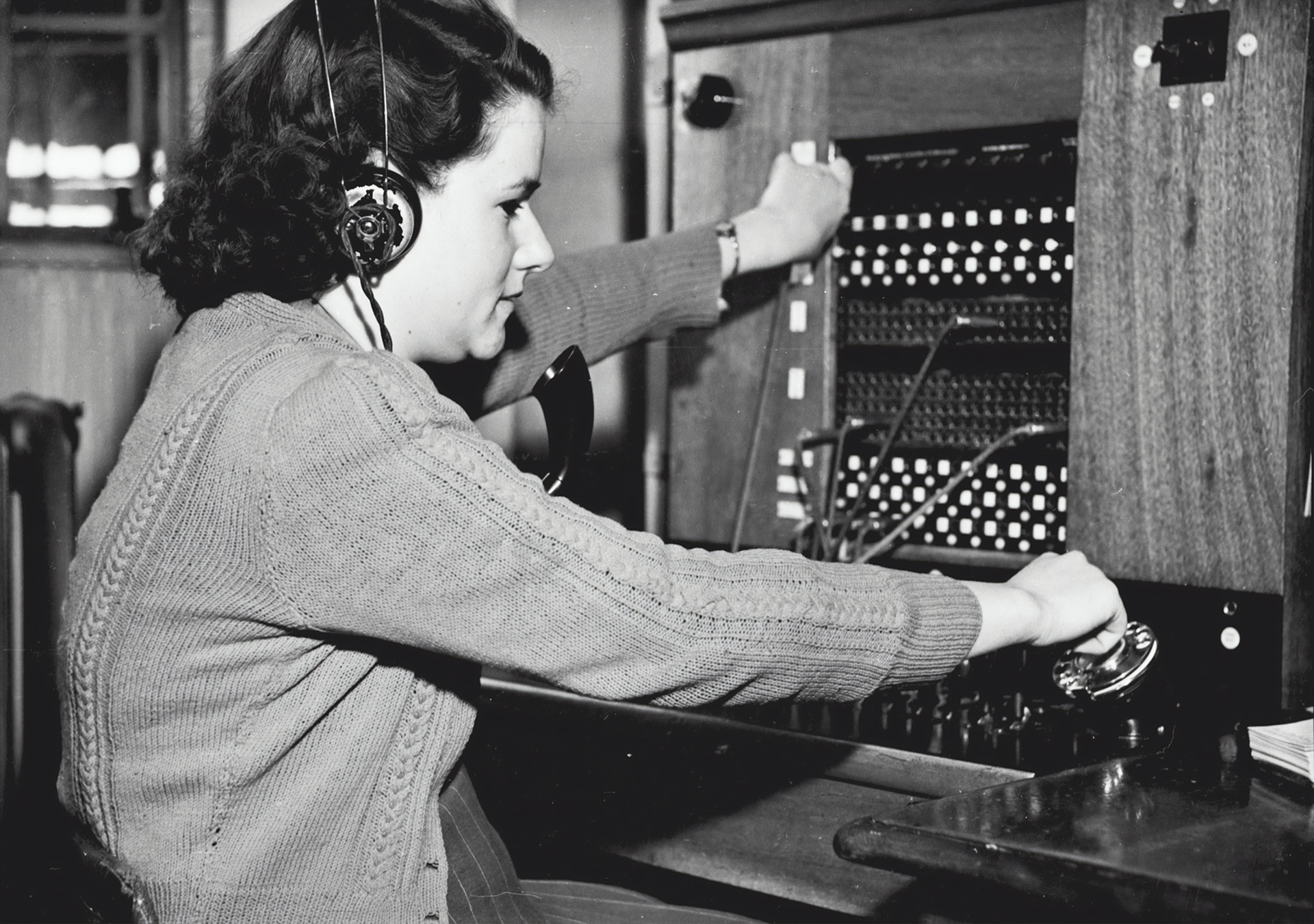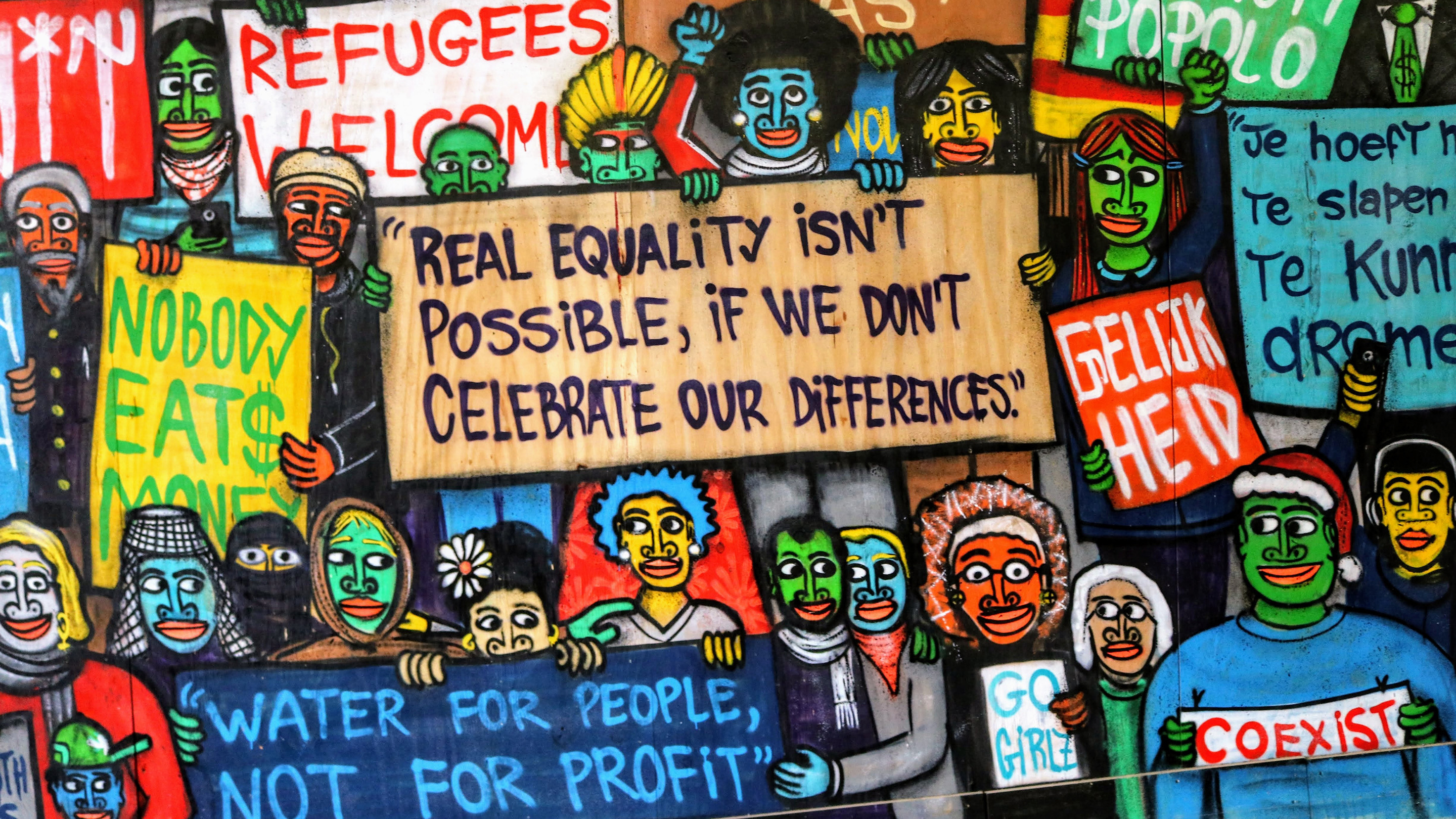
IVR (Interactive Voice Response): Humanizing the Cold Voice to Create Emotional Connections between People and Brands
The main tool of telemarketing, the IVR (Interactive Voice Response), began to be used in customer service as early as the 1980s and has been evolving over time, especially with the advent of synthetic voice and artificial intelligence. Utilized in brand management by companies in various sectors, this crucial aspect of Sound Branding is the focus of our post today.

The IVR represents the first point of contact between the company and potential or existing customers when they choose phone-based support. Undoubtedly, it is a medium that expedites problem resolution. At the same time, it can be a source of endless complaints, leading to conflicts. In such cases, the brand’s image often comes out tarnished.
Therefore, it is essential to carefully select the voice that will guide interactions with the public and to construct the aesthetic and conceptual path so that this relationship is as positive as possible. But how can this be achieved? Let us explain.
The Problem with Mechanistic IVRs
We previously discussed the dynamics of sonic harassment in dangerous telemarketing calls and explored the impact of artificial intelligence and the use of synthetic voices. In the case of IVR, these two themes can become problematic if not handled correctly.
Focused on reducing customer wait times, fostering loyalty, or providing 24-hour intermittent service—an advantageous and legitimate aspect of this service—many companies forget about the human aspect. Behind this interaction are people who prefer and need to talk to other people in the most human way possible, which we can translate as humanized customer service.
Just think about the virtual attendants used by most Brazilian banks. The cold, rigid, and serious voice, perceived by most as a robot, only increases our irritation, especially when we cannot find the appropriate option or when we feel that we have not been attended to. We attempt to bypass the entire IVR menu to finally reach a human agent, praying that the call doesn’t drop or that no one hangs up on us.
There are two problems here: the customer service system still fails to address all types of issues, and the way the sonic interaction is designed.

Creating an Efficient, Human, and Brand-Aligned IVR
Here at Zanna Sound, the first Sound Branding agency in Latin America, dedicated to creating recognition and emotional connections between people and brands, the creation of an IVR follows the same principles as our approach to branding: understanding what the brand or company wants to convey, how it is perceived, and the desired or necessary communication style. We then conduct a study that provides us with elements to create based on the brand’s DNA, combining humanity and efficiency.
This is exactly what we did for Supergasbras, one of the leading and most established brands in the distributed gas segment, with a presence and audience spread throughout Brazil. Seeking to enhance, update, connect, and expedite customer service through the IVR, the company approached us to modernize the customer experience and make the flow more human and dynamic.
The project started this year, 2023, with a significant investment by Supergasbras in customer service technology. The goal was to increase customer conversion through the IVR channel and humanize customer service to make clients feel more at ease with electronic assistance.
“We were averse to ‘robotic’ customer service. We didn’t want that model. Instead, we wanted a voice that would represent our brand, understanding that we communicate with people from all over Brazil who may be experiencing dissatisfaction or urgency,” explains Renata Perez Sipaúba, Customer Service Manager at Supergasbras.


"In a world where companies are advancing in artificial intelligence technologies, Supergasbrás is investing in humanization, as that is what the customer wants." (Renata Perez Sipaúba, Customer Service Manager)
With this in mind, the creation of Supergasbras’ IVR aimed to provide reassurance, convey security, efficiency, proximity, and empathy to the customer. To achieve this, we carefully selected not only the brand’s voice timbre but also the verbal tone (speaking style) and the soundtrack that punctuates certain moments of the experience.
The informal manner of the new IVR script, using phrases such as “Get a pen to take notes“, “Hi, how are you? I’m glad you called us” or “It’s a pleasure to have you here” improved communication with the public and garnered positive feedback. This perception came from customers, the telemarketing team, and other areas of the company, who praised the objectivity, lightness, and warmth of the new IVR.
Within four months of implementing the new IVR project, Supergasbras increased customer conversion by almost 2 percentage points and improved customer identification with the brand by 9%. This trend is only expected to rise! “The customer service feels more natural and closer to reality. The project was very successful, and we will continue to reap the rewards for a long time,” comments Nathalia Silva, Brand and Communications Coordinator.
Interested in knowing how IVR can benefit your business, brand, or company? Send us a message

Next article
What is the difference between a jingle and Sound Branding?
Discover the difference between jingles and Sound Branding, how Sound Branding incorporates jingle s, creating experiences that elevate the relation between brands and people…
Read more